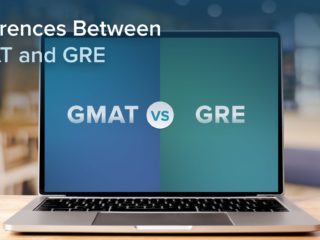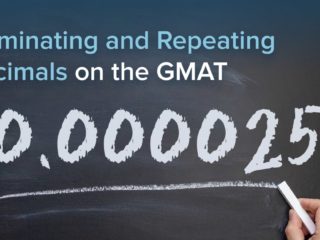Last Updated on September 30, 2024
GMAT OFFICIAL GUIDE DS
Solution:
We need to determine whether the fraction r/s can be expressed as a decimal with only a finite number of nonzero digits. In other words, we must determine whether r/s is a terminating decimal.
We know that the decimal equivalent of a fraction will terminate if and only if the denominator of the reduced fraction has a prime factorization that contains only 2s or 5s, or both. If the prime factorization of the denominator of the reduced fraction contains any prime factors other than 2 and 5, the decimal equivalent will not terminate.
Thus, we want to determine whether s breaks down to prime factors of 2 or 5 or both.
Statement One Alone:
s is a factor of 100.
Since s is a factor of 100, s must be 1, 2, 4, 5, 10, 20, 25, 50, or 100. Now let’s prime factorize 100:
100 = 25 x 4 = 5^2 x 2^2
Since 100 breaks down to primes of only the numbers 5 and 2 and s is a factor of 100, we know that s (with the exception of s = 1) will also contain the numbers 2 or 5, or both. The only time s doesn’t have 2 and/or 5 as its prime factors is when s = 1. However, when s = 1, r/s = r, which is an integer and an integer is considered to be a terminating decimal. This is enough information to determine that r/s is a terminating decimal.
Statement one is sufficient to answer the question. We can eliminate answer choices B, C, and E.
Statement Two Alone:
r is a factor of 100.
Since we only care about s (the denominator) when determining whether r/s is a terminating decimal, knowing that r is a factor of 100 does not help us in determining whether r/s is a terminating decimal. For example, if r = 5 and s = 10, then r/s = 0.5, which is a terminating decimal. However, if r = 5 and s = 9, then r/s = 0.555…, which is not a terminating decimal. Statement two is not sufficient to answer the question.
Answer: A



